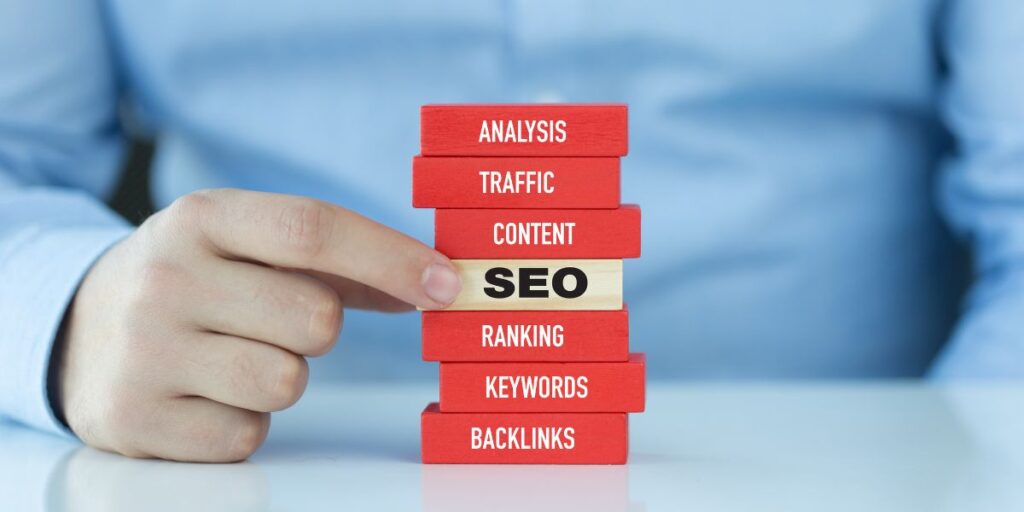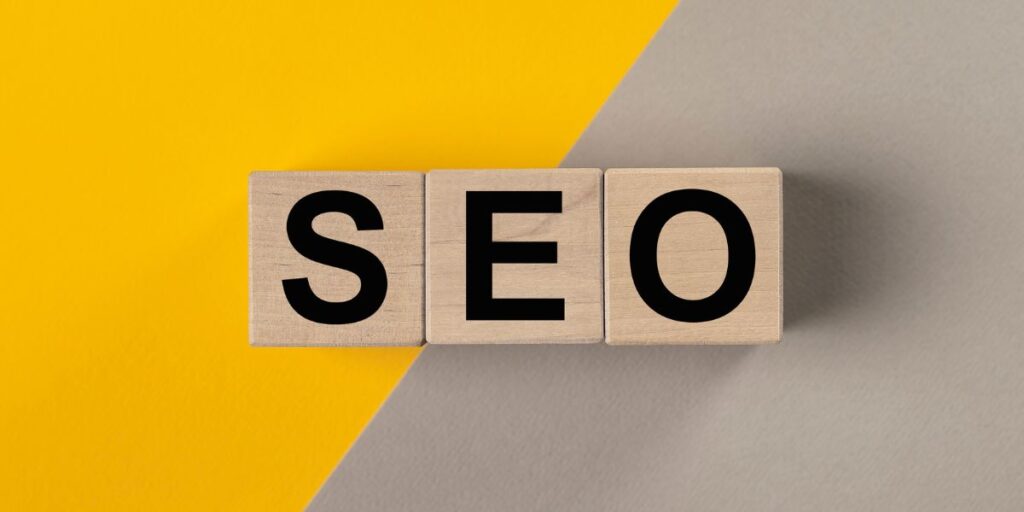Introduction
Creating a successful website requires effective web design and Search Engine Optimization strategies. Neglecting either of these aspects can hinder a website’s ability to reach its full potential in terms of generating traffic, capturing leads, and driving sales. Let’s talk about why web design and SEO matter and how they work together to make your online presence stronger and help your business grow.
The Relationship between Web Design and Search Engine Optimization
Web design and SEO work in synergy, reinforcing each other’s impact. By creating a positive user experience, a well-designed website supports SEO efforts, resulting in increased user engagement and higher rankings on search engine results pages (SERPs). By adopting a responsive design, your website becomes accessible to a wider audience, including mobile users, thus improving its search engine visibility.
Conversely, SEO can also guide web design decisions. Conducting thorough keyword research helps identify the most relevant topics and themes to incorporate into your website’s content. Integrating social media and link building strategies into your web design can further enhance your SEO endeavors.
The Importance of Web Design
Web design encompasses various elements that contribute to a visually appealing and user-friendly website. Here are some key considerations for effective web design
- Visual Appeal and Branding
A visually captivating website can leave a lasting impression on visitors. Employing aesthetically pleasing layouts, engaging images, and appealing color schemes can help create an attractive digital environment. Additionally, aligning your design with your brand identity reinforces brand recognition and fosters a sense of trust and credibility.
- User Experience (UX) and Navigation
A seamless user experience is crucial for retaining visitors and encouraging them to explore your website further. Intuitive navigation, well-organized content, and clear calls-to-action enhance usability and make it easier for users to find the information they seek. Optimizing page load times and minimizing distractions contribute to a positive UX.
- Responsiveness and Mobile Compatibility
Don’t let your website fall behind! Embrace the mobile revolution by ensuring it adjusts effortlessly to different screen sizes and resolutions. Responsive design ensures that your site displays properly on various devices, providing a consistent and satisfying experience for all users. Mobile compatibility is not only crucial for user satisfaction but also a ranking factor considered by search engines.
- Content Presentation and Readability
Make your content easy to read and visually attractive to encourage users to consume more information. Help visitors navigate effortlessly! Use clear headings, subheadings, bullet points, and formatting elements to make information easily scannable and accessible. Including relevant multimedia such as images, videos, and infographics can also enhance the overall content presentation.
The Role of SEO in Web Design
SEO plays a vital role in driving organic traffic to your website and improving its visibility on search engines. Here are some ways in which SEO intersects with web design.
- Keyword Research and Content Optimization
Keyword research helps identify the terms and phrases potential visitors use to find information related to your business. By incorporating these keywords strategically into your website’s content, meta tags, headings, and URLs, you can increase its relevance to search engine algorithms. However, it is essential to maintain a balance and avoid keyword stuffing, as search engines prioritize high-quality and natural content
- URL Structure and Site Architecture
Creating a well-structured URL hierarchy and site architecture enhances both user experience and search engine crawling. Implementing descriptive and concise URLs that reflect the content’s topic enables search engines to understand the context more easily. Organizing your website into logical categories and using internal linking effectively helps search engine crawlers navigate your site and index its pages more efficiently.
- Website Speed and Performance
Website speed and performance are critical factors that influence both user experience and search engine rankings. Optimizing your website’s loading times by minimizing file sizes, leveraging browser caching, and optimizing code improves user satisfaction and reduces bounce rates. Additionally, search engines consider fast-loading websites more favorably when determining rankings.
- Mobile-Friendly Design
Since more people are using mobile devices to access the internet, it’s essential to have a mobile-friendly design. Responsive web design ensures that your website adjusts its layout and content to fit various screen sizes and resolutions, providing a seamless experience across devices. Mobile compatibility is not only essential for user satisfaction but also a key ranking factor for search engines.
Conclusion
Web design and SEO are integral components of a successful online presence. By combining visually appealing and user-friendly web design with strategic SEO practices, businesses can attract more visitors, increase user engagement, and drive conversions. When web design and SEO work together, websites climb higher in search engine rankings, outshine competitors, and achieve their online goals. By prioritizing both aspects, businesses can maximize their website’s potential and ensure a strong online presence in today’s digital landscape.











